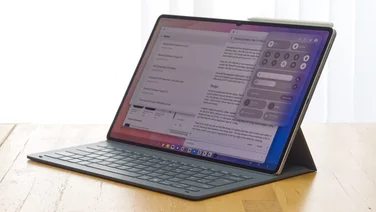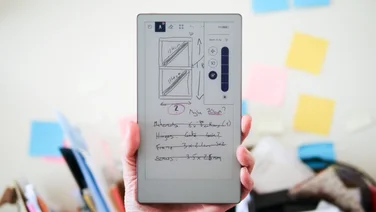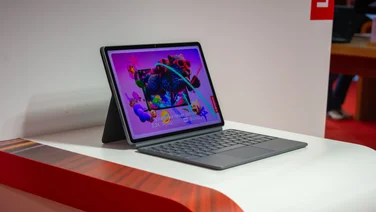To help us provide you with free impartial advice, we may earn a commission if you buy through links on our site. Learn more
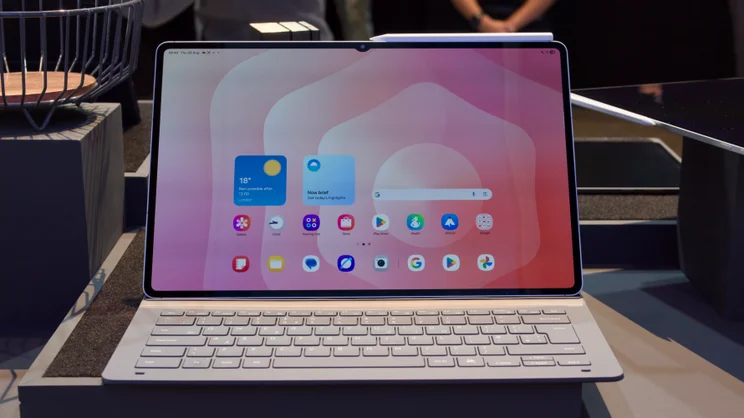
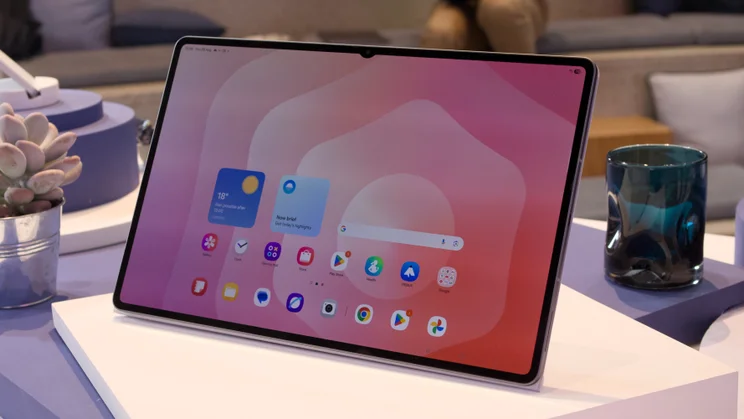
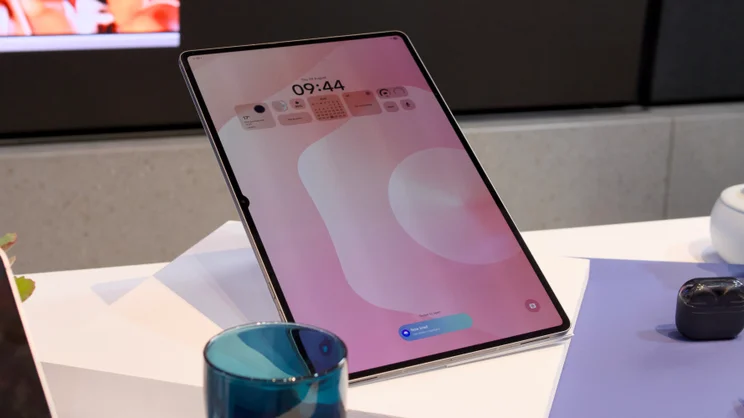
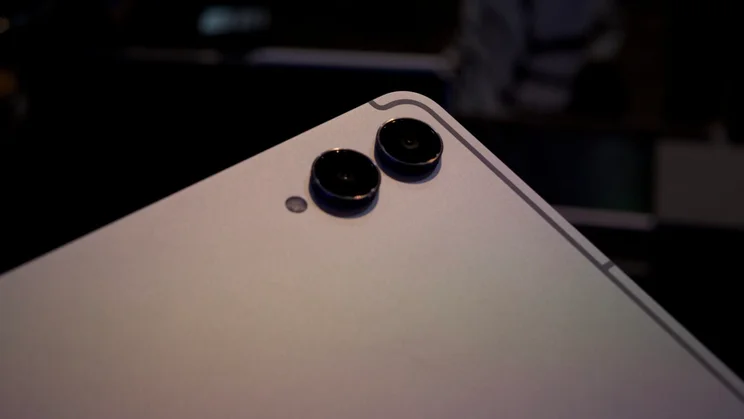
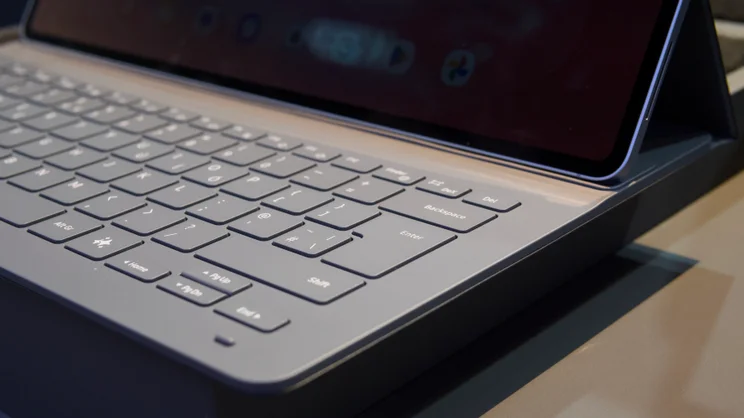
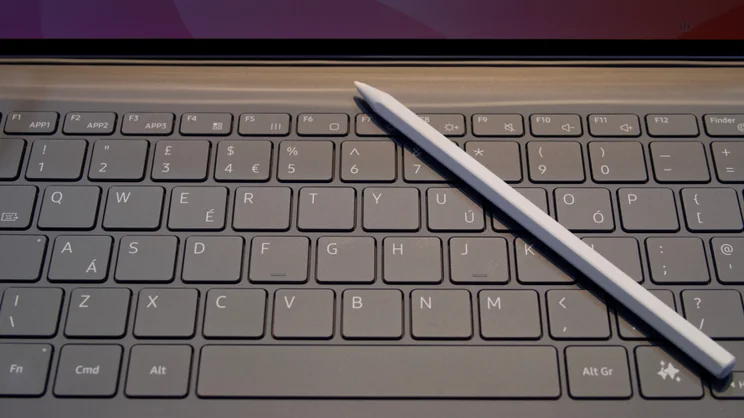
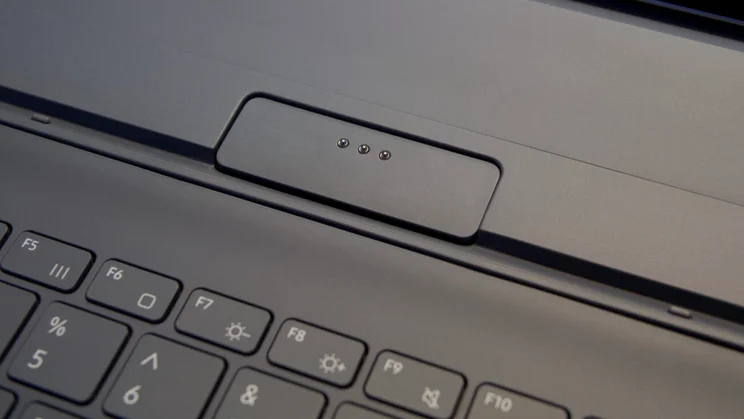
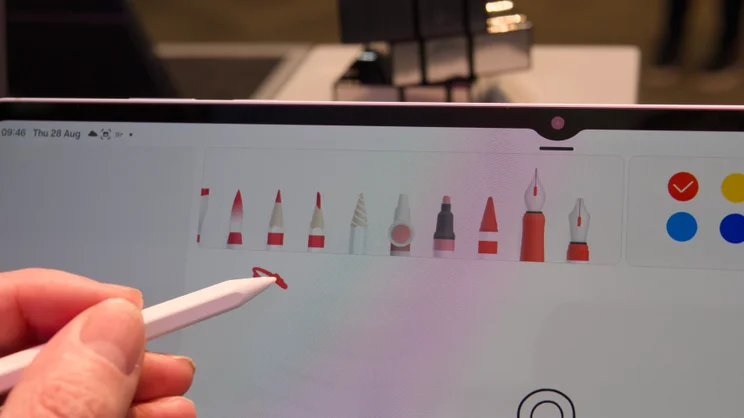
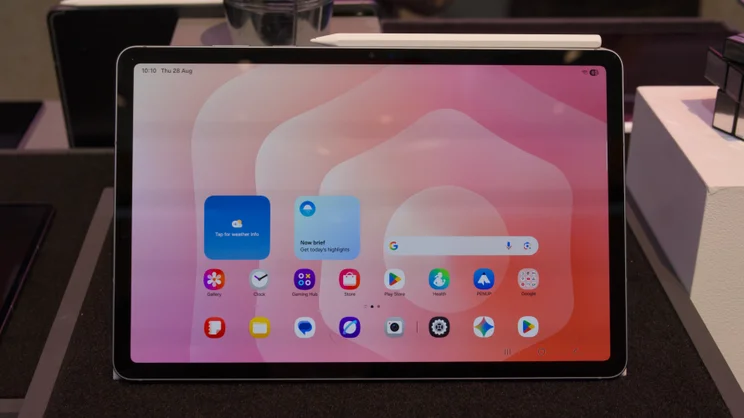
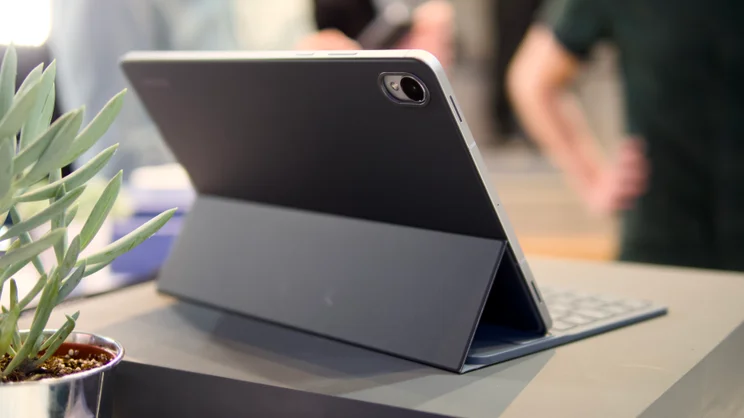
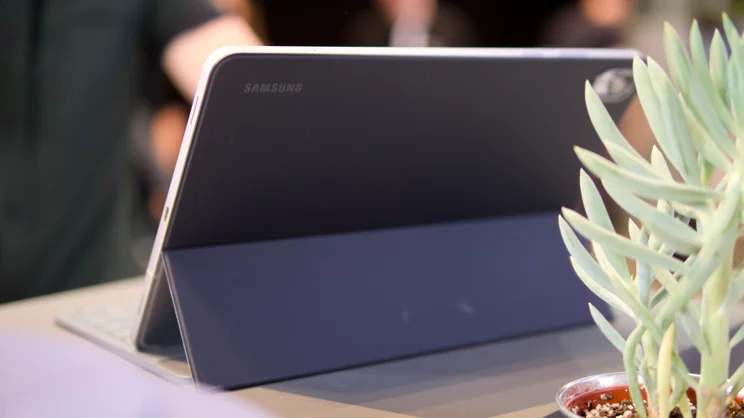
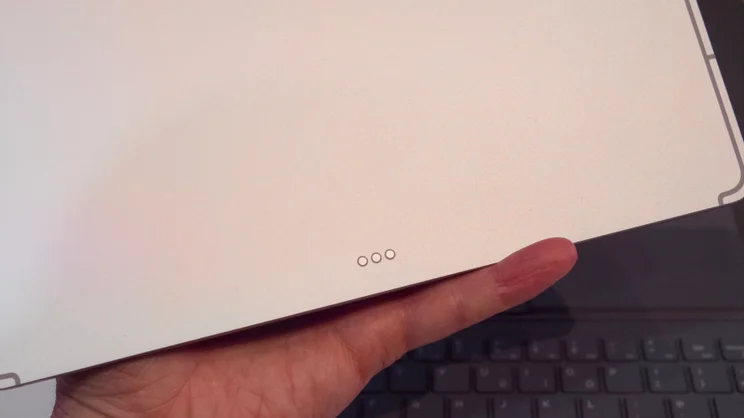
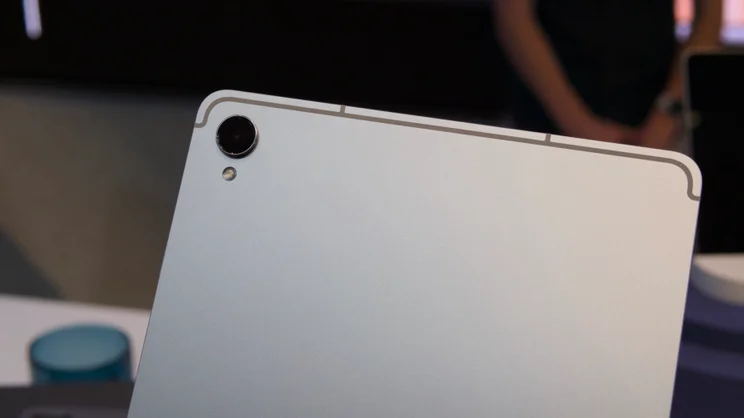
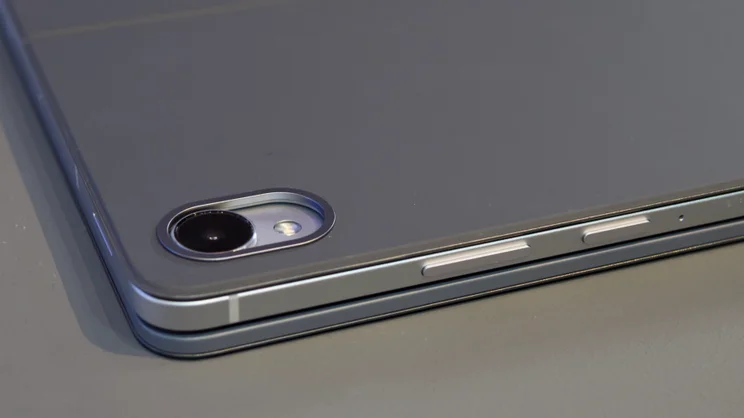
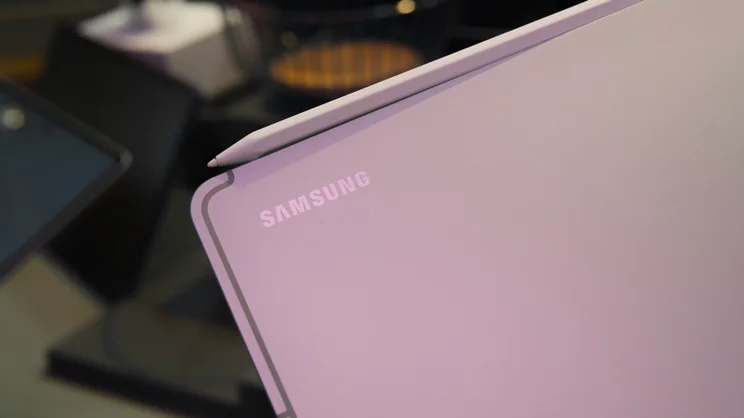
Samsung’s latest premium tablets have just been unveiled at IFA 2025 and having had the chance to go hands on with the Samsung Galaxy Tab S11 and Samsung Galaxy Tab S11 Ultra, I’ve come away mightily impressed. Not because the new tablets are sleek, shiny and lovely devices to behold – they are all those things and then some – but because it looks as if, at last, they might just be able to replace your laptop as fully formed productivity devices.
Once you get past all the usual guff about new AI features and hardware upgrades, you’ll find the biggest upgrade of all: improvements to Samsung’s DeX desktop environment that mean the tablets are finally able to display the same UI on the tablet screen and that of the monitor attached to its USB-C port.

Samsung Galaxy Tab S11 and S11 Ultra specifications
- 14.6in (Tab S11 Ultra) or 11in (Tab S11) Dynamic AMOLED 2X, 1,600 nit, 120Hz display
- 3.7GHz octa-core 3nm Mediatek Dimensity 9400+ chipset
- 12GB or 16GB of RAM
- 256GB, 512GB or 1TB of storage
- MicroSD card support up to 2TB
- Redesigned S Pen
- Upgraded DeX
- IP68 dust and water resistant
- Quad speakers
- 11,600mAh (Tab S11 Ultra) or 8,400mAh (Tab S11) battery
- Cameras: 13MP main and 8MP ultrawide (Tab S11 Ultra); 13MP main (Tab S11); 12MP selfie (both)
- Dimensions (WDH): 326 x 209 x 5.1mm (Tab S11 Ultra); 254 x 165 x 5.5mm (Tab S11)
- Weight: 692g (Tab S11 Ultra) or 469g (Tab S11)
- Price: Tab S11 starts at £799 (128GB); Tab S11 Ultra starts at £1,199 (256GB). Price includes free keyboard cover if ordered before October 28th from Samsung.com)
- Availability: 4th September 2025
Key features and first impressions
Previously, if you were to plug the Tab S10 Plus, or the Tab S10 Ultra into an external monitor, it would be able to display DeX – Samsung’s mouse and keyboard-friendly desktop front-end – on the screen, but you coudn’t display that on the tablet screen itself. Instead, you were stuck with the mobile user interface, which was odd.
When you hook the S11 tablets up to your monitor, however, Samsung’s Extended Mode delivers the same desktop-like experience across both screens, just like you do when you plug in a Windows or MacOS laptop. Samsung has also added the ability to run multiple virtual desktops or “workspaces” , further improving the tablets’ productivity credentials.

Of course, Samsung hasn’t only focused on the software with this generation of new tablets. It has also redesigned the all-important accessories that turn the tablet into more than just a media consumption device.
I like the new keyboard covers more than I do the new S Pen, though. The former feel like an upgrade on previous keyboard covers I’ve used with Samsung’s premium tablets. The new S Pen, on the other hand (which now has a hexagonal barrel like an old school HB pencil) feels lightweight and insubstantial. I’m also not so fond of the strength of the magnets Samsung is using to attach it to the top edge of the tablet – they feel alarmingly weak to me and easy to dislodge by accident.
The tablet hardware itself feels just as nicely made as it was last year. The Tab S11 Ultra, in fact, now measures an astonishing 5.1mm from the front glass to the rear of the chassis, matching the Apple iPad Pro to the fraction of a millemetre (the smaller S11 is a bit thicker at 5.5mm but not by much). Despite this, neither tablet felt unduly flimsy when I picked them up. They do weigh a touch more than their Apple counterparts, though, the S11 Ultra coming in at 692g, while the smaller model tips the scales at 469g.

The final upgrade for these two premium tablets is inside, where Samsung sticks with its choice of Mediatek silicon, with an upgrade from the Mediatek Dimensity 9300+ to the newer 3.7GHz Dimensity 9400+. The most notable upgrade with this new chip is that it’s built on the 3nm manufacturing process, which should ensure improved efficiency and lead to better battery life. Let’s hope so, because there wasn’t much improvement last year with the S10 Ultra over the S9 Ultra.
Finally, as will be familiar to tech industry watchers the world over, there’s a selection of new AI features to get our teeth stuck into (or stuck between our teeth). Here, you get Google’s improved Gemini Live AI voice assistant built in, including the ability to open it in a window to make more efficient use of the larger screen, and drag and drop the results into Samsung Notes.

Samsung Galaxy Tab S11 and Tab S11 Ultra: Early verdict
You will have noticed that there’s no Tab S11 Plus this year and that’s a shame because it provided a direct rival for Apple’s 13in iPad Pro tablet. With that gone, the iPad Pro’s closest rival, certainly among Samsung Tablets, is the rather large Galaxy Tab S11 Ultra, which is considerably less wieldy.
Still, given that it is slated to cost the same as the iPad Pro at £1,199 you could argue that you’re getting rather more tablet for your money. That’s especially true as Samsung continues to include its S Pen stylus in the box and, rather generously, is also throwing in a keyboard case for free for all customers who order one before the 28th of October.
Either way, we’ll be testing both new tablets and reviewing them in full just as soon as we can get our hands on review samples so please be sure to check back in the next few weeks as we deliver our final verdict.





